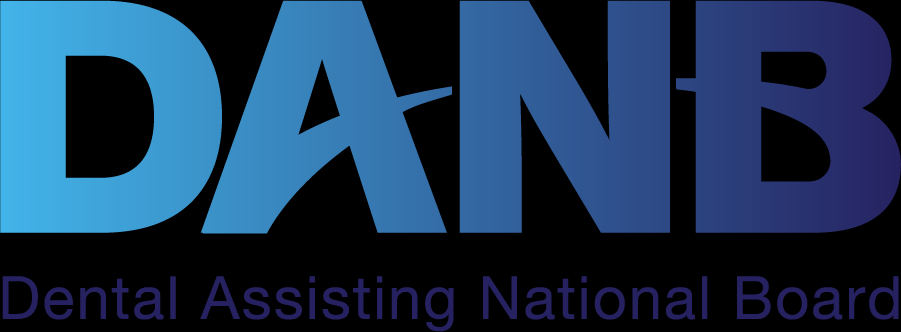ADA members join workgroup to address challenges faced by team members
Effort aims to help develop national framework for dental assistants

The Dental Assisting National Board is spearheading an initiative to address workforce challenges and develop a national framework for the dental assisting profession.
Two members of the ADA Council on Dental Practice will join the Dental Assisting Professional Model Workgroup. The 16-member workgroup of dental professionals will collaborate to develop the framework.
“Dentistry is experiencing significant challenges related to the dental assisting workforce, including insufficient numbers of qualified dental assistants, which has resulted in dental practices facing reduced capacity, efficiency and productivity,” according to a Dental Assisting National Board news release. “The goal of the workgroup is to address a fundamental element underlying these challenges — the inconsistency in dental assisting requirements and scope of practice from state to state.”
David L. Fried, D.M.D., and Margaret S. Gingrich, D.D.S, will be the ADA’s nominated representatives on the workgroup, which includes dental assistants, dentists, educators, dental hygienists and regulators nominated by the American Association of Dental Administrators, American Association of Dental Boards, American Dental Assistants Association, American Dental Education Association, American Dental Hygienists’ Association, Association of Dental Support Organizations, Dental Assisting National Board, DALE Foundation, Hispanic Dental Association and National Network for Oral Health Access.
As leaders of the dental team, dentists need to ensure that they are directly involved with the evolving changes in the workforce, Dr. Fried said.
“Dentistry and workforce issues are much more complex than even 10 years ago, with increases in technology, infection control and regulations,” he said. “We need to have a forum to work together to ensure that the future goals of practitioners, dental assistants and business owners can be achieved while understanding that exceptional patient care is the measurable outcome. I am hoping that our input will help to create job satisfaction amongst dental assistants and help solve the shortage of staff.”
Several other dentists in the workgroup, nominated by other associations and organizations, are ADA members, including Leah Schulz, D.D.S.; Bobby Carmen, D.D.S.; Nabil Fehmi, D.D.S.; and Lenny Mayora, D.D.S.
Katherine Landsberg, the Dental Assisting National Board’s director of government relations, said it was vital to bring together a diverse and comprehensive array of perspectives and expertise.
“The workgroup will be positioned to develop a framework that not only reflects the dynamic nature of dental assisting but also aligns with the evolving needs of the oral health care profession,” she said.
Ms. Landsberg said state definitions of dental assistants’ scopes of practice and exam, education, and credential requirements shape the careers of dental assistants, but because these elements vary from state to state, there is no shared national understanding of what dental assistants do and how they can advance.
“[That] makes it difficult to attract and retain candidates looking for a long-term career,” she said. “The workgroup will lay the foundation for solutions that will support dental assistant workforce recruitment, retention, development and progression, while also enhancing patient care and public protection.”
According to the Dental Assisting National Board, the workgroup will develop a framework that aims to:
- Elevate the dental assisting profession and attract more candidates to the field.
- Provide a road map for career growth that will support recruitment and retention of dental assistants over the long term.
- Improve the professional mobility of dental assistants from state to state.
- Increase practice efficiency and enhance access to care.
- Provide states with a straightforward framework for regulation that reflects the needs of dentistry.
- Contain definitions of dental assisting levels and scope of duties, proposed standards for the education and training of dental assistants, model legislation and regulations that can serve as a template for state legislators and regulators.
Prior to forming the workgroup, the Dental Assisting National Board commissioned a series of listening sessions and surveys to better understand the dental industry’s perspectives on the current landscape of dental assisting laws, regulations and scope of practice.
Dr. Gingrich said that it is important for the leaders in ADA to have a seat at the table as we shape the future of the dental team.
“Dentists need dental assistants to be more efficient and effective at their jobs. Without them, the unmet dental need goes far beyond what is necessary,” she said. “We hope to make dental assisting a viable career that individuals will seek because of the great benefits and work environment. My hope is we can establish a way to recruit young adults and high school-aged individuals to a career in the dental field … that can be built on and bring more to the profession.”



